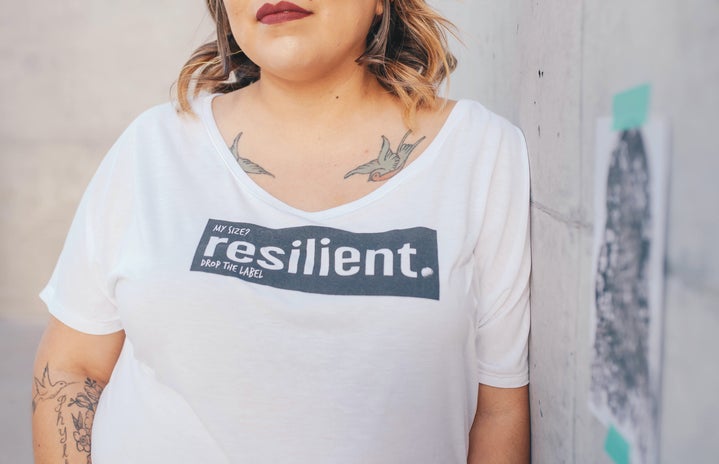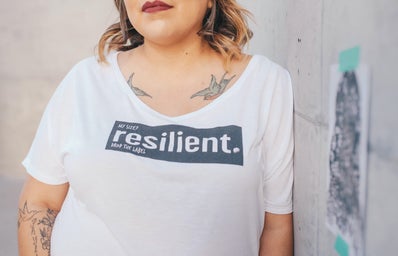The Philippines is no stranger to colonization. It was first colonized by Spain from 1521 to 1898. The Philippines gained its independence for a very short time in 1898 during the Philippine Revolution, ending Spanish colonization through the implementation of the Treaty of Paris. Ironically, though the U.S. helped the Philippines gain their independence from Spain to end the Spanish-American war, in 1899, the Philippine-American war began due to the U.S. refusing to grant the Philippines their independence. After the U.S. took the Philippines from Spain, President McKinley deemed it appropriate that America educate, “civilize”, and Christianize the Filipinos, since they were supposedly incapable of thriving as an independent country. The Philippine-American war lasted from 1898 to 1946. While still technically under the rule of the U.S., the Philippines was attacked and occupied by Japan on December 8, 1941, just ten hours after the attack on Pearl Harbor. In 1945, Japan officially surrendered to the U.S., and eventually, in 1946, the Philippines held its first election as the independent Republic of the Philippines.
Image Credit to Pixabay
In the relatively short time that Japan occupied the Philippines, an underground resistance arose not only to fight against the Japanese, but also to help Filipino and American soldiers escape captivity. More than 200,000 individuals made up the guerrilla subunits. One of those individuals was a woman named Josefa Llanes Escoda (1898-1945).
Josefa Llanes Escoda was born on September 20, 1898, in Dingras, Ilocos Norte in the Philippines. As the eldest of seven children, Josefa had great responsibilities to her Christian life as well as to her family and herself. She prioritized education greatly and attended the Philippine Normal School in Manila to earn her teaching degree, graduating in 1919 with honors. In 1922, she earned her high school teacher’s certificate from the University of the Philippines. Despite having earned this, she refused to stop educating herself. She became a social worker for the Philippine Chapter of the American Red Cross, earning a scholarship to attend Columbia University in the U.S. in 1925 with a major in Sociology. She unapologetically presented her Philippine heritage to other students, hoping to educate them about her country.
Josefa Llanes Escoda – Image Credit to Pinterest
She not only was an incredible advocate for education, but she also was active in promoting Women’s Rights. She attended the Women’s International League for Peace in 1925, where she met Antonio Escoda, her future husband. Continuing her activism in women’s rights, Josefa returned to the Philippines in 1940 and worked hard to organize a Girl Scouts chapter in the Philippines, which was officially signed by President Manuel L. Quezon. She became the chapter’s first National Executive. She also founded the Boys’ Town in Manila for underprivileged boys and the National Federation of Women’s Clubs.
However, her efforts in civic rights were interrupted by the Japanese occupation that began in 1941. She educated members of the National Federation of Women’s Clubs (NFWC) on setting up emergency aid centers and food preservation. Once the city of Bataan was surrendered by the U.S. to the Japanese, Josefa and her husband, Antonio, made a trip to San Fernando with a group of doctors and came back with the names of war prisoners and their relatives’ information. She utilized the members of the NFWC to connect prisoners of war and their families in Manila. She contributed to the resistance by transporting food, clothing, money, useful information, and messages to help with the resistance. She and her husband also opened a coffee shop strategically placed on the road leading to the Cabanatuan prison, gathering information on the captured American soldiers by Japanese soldiers who decided to take breaks in their coffee shop. They eventually gained the trust of the Japanese and were allowed access to rice and other food supplies, to which they transferred these supplies to the prisoners in the camp. These supplies also allowed for prisoners to hide messages to send to their families.
In 1944, however, Japanese undercover agents began to suspect Josefa and Antonio of their contributions to the resistance, and her husband left Manila with General Vincente Lim to meet U.S. General MacArthur in Australia. Unfortunately, Antonio and General Lim were captured and beheaded by the Japanese in November of 1944.
Josefa Llanes Escoda – Image Credit to Pinterest
Josefa was eventually arrested on August 27, 1944, and imprisoned in Fort Santiago. On January 6, 1945, Josefa was transferred to the Japanese-occupied Far Eastern University, where she was severely tortured and beaten. She was then transferred to a Japanese transport truck, executed, and buried in an unmarked grave. The exact cemetery is unknown, though it is thought to be either La Loma Cemetery or Manila Chinese Cemetery, which were specifically used by the Japanese for executions and burial grounds of those Filipinos who contributed to the resistance. Below is a quote Josefa stated to Lieutenant Jose L. Llanes:
“I have done my duty to my country and God! To my mind, the most I have done is having helped with the little I could do to save the lives of the surrendered soldiers of Bataan and Corregidor. I have offered myself as a guarantor for men later released by the enemy, that they commit no anti-Japanese act, men who, if they had the guts left would continue their resistance. I have acted as guarantors not only for the sake of humanity but also to encourage them to fight again. If you happen to survive, and I fail, tell our people that the women of the Philippines did their part also in making the ember sparks of truth and liberty alive till the last moment.”
La Loma Cemetery – Image Credit to Flickr
The courage and infinite number of selfless acts demonstrated by Josefa provide an incredible example for women and other marginalized groups today. She fought against tyranny, took care of hundreds of Filipino and American soldiers and also provided comfort to their families. She and her husband refused to cease their efforts in aiding the resistance until their final executions. Josefa, beautifully dedicated to the lives of peace and others, symbolizes the incredible power of women who refuse to succumb to their oppressors. She should always be remembered and used as a model and inspiration for those women who are motivated to do what is right and civil.
Quezon Memorial in the Philippines – Image Credit to Pixabay


